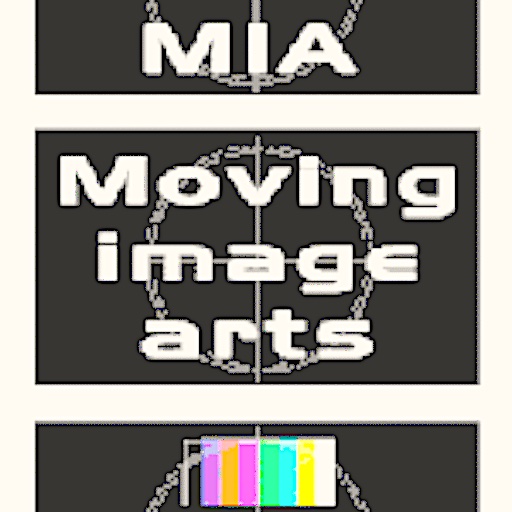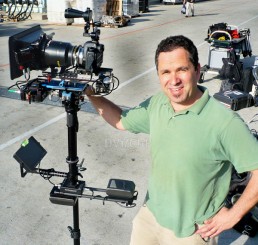Using data of films that have made it to festival release as a long form feature (from www.indiewire.com) I crunched some data into some statistics; here is a quick look and approximation of what indie films used what cameras in the Sundance, SXSW & Tribeca 2013 festivals. Due to time constraints I have omitted any camera used in less than two films (mostly small sensor cameras, and a few DSLR). And I have consolidated celluloid cameras into their respective formats.
CAMERAS:
Canon 5D (Mark II or III): 21%
RED (EPIC, one or MX): 20%
ARRI Alexa (Alexa, Plus or M): 17%
Canon 7D: 7%
Sony F3: 7%
35mm: 6%
GoPro: 4%
Canon C-300: 3%
Sony EX-1: 3%
16mm / super 16mm: 3%
Panasonic HVX 200: 3%
Panasonic HVX 170: 2%
Sony EX-3: 2%
Apple iPhone: 1.5%
Canon 814 Super 8mm: 1%
FORMAT PERCENTAGES:
Large Sensor (larger than super35mm): 72%
Small Sensor (smaller than super35mm): 17%
Film: 11%
COST PERCENTAGES:*
less £500 (iPhone, Go-pro) 6%
less than £2,000 (5d,7d) 27%
less than £5,000 (HVX 170, ex-1) 6.5%
less than £10,000 (ex3,16mm,c300) 8.5%
more than £10,000 (35mm,alexa,red,F3) 51%
*Costs are somewhat inaccurate as factors such as competitive features, such as including a lens have not been calculated.
Some opinionated conclusions and questions:
– Film’s high financial cost no longer provides enough value for film-makers with the other choices that they have.
– Nearly as many films were made on little phones or go-pros as were made on 35mm film. Interesting new sub-generes of film have been created such this years film ‘leviathan’ due to the accessible format of these consumer cost cameras.
– The majority of filmmakers are still using a camera that is over £10,000 in cost.
– Small sensor broadcast video cameras although great for ENG’s ease of use or in controlled lighting environments (i.e. expensive) are not being used for indie films. Despite these cameras being readily available and often having many pro features (such as ergonomics, balanced audio inputs, super sharp images and established workflows with long recording formats and batteries), filmmakers have decided to sacrifice ease of use for the colour quality of an image when deciding on cameras of the same price. Soon small sensor cameras will have the same colour detail and range as their larger siblings (i.e. the new Blackmagic cameras). But the question is how will smaller sensor still have a professional market in the future? They offer: 1) lower production costs and being able to use cheaper lenses with the same quality image. 2) Smaller depth of field making it easier to focus in sport, wildlife and docu work.
– The number one camera is the canon 5D, closely followed by the RED. For less than £2000, this camera, not designed with video as its primary marketing objective, has been hacked by filmmakers worldwide.
 The last time a piece of technology changed filmmaking practice to such a large degree was the Sonys DCR-VX100 in 1995. This DV camera the first consumer camera with a digital firewire connection, and the term ‘prosumer’ was inverted to describe it. DV was the first time, near broadcast sharpness of image was made affordable. With the 5D it is the first time detail of colour otherwise known as ‘dynamic range’, almost equaling film, has been made affordable.
The last time a piece of technology changed filmmaking practice to such a large degree was the Sonys DCR-VX100 in 1995. This DV camera the first consumer camera with a digital firewire connection, and the term ‘prosumer’ was inverted to describe it. DV was the first time, near broadcast sharpness of image was made affordable. With the 5D it is the first time detail of colour otherwise known as ‘dynamic range’, almost equaling film, has been made affordable.
Although both these cameras have been discredited as officially usable due to quality issues (lack of sharpness) by broadcasting institutions, they have never the less been used for broadcast because of the quality of the content produced using these tools.
Next year I expect that the newer EOS C100 and NEX FS-100, cameras in a similar price range as a 5D, and with a similar looking image in terms of colour detail and depth of field, but specifically designed for video, to have significantly greater use in indie films. The ARRI’s documentary Amira should also be very popular, being used as a budget Alexa, as it has an identical sensor. RED’s new Scarlet camera should also start being used…. but the big question is: will the black magic cameras with their small sensors, and super low cost, but high colour quality make in roads to the film-making or documetrary markets?


Leave a Reply